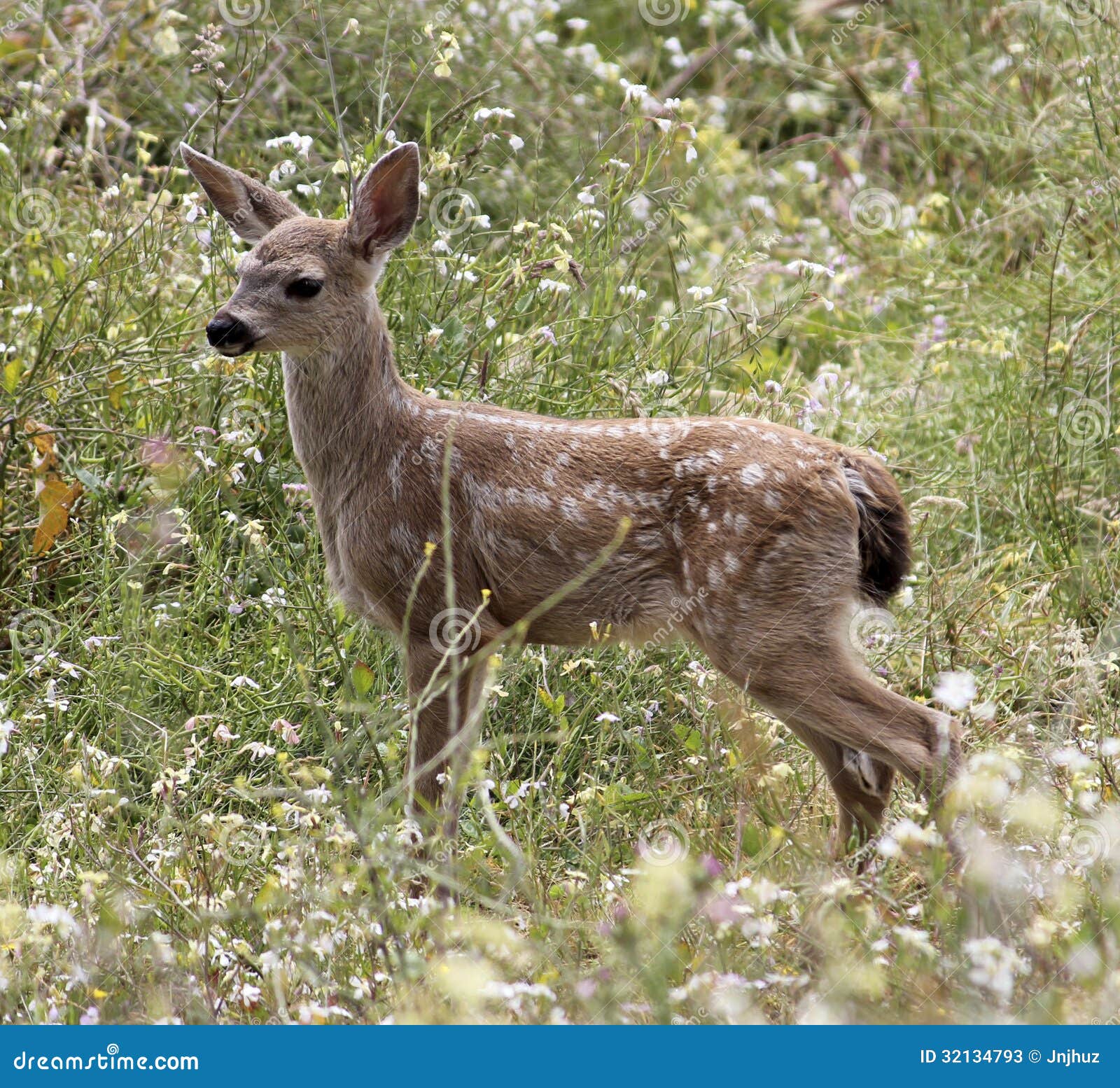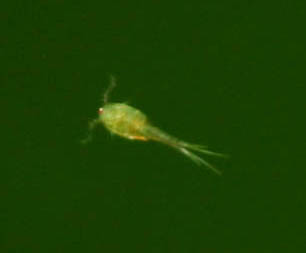

So not only is it a lot of effort to prepare for a birth, but theīirth process itself leaves a female deer totally vulnerable to predatorsīecause these physiological preparations and dangers are so extreme it seems These changes are furtherĬompounded in mammals because mammalian fetuses undergo extensiveĭevelopment in the womb and grow inside placenta attached to the uterine


Q: When deer have twins can they be born on different days? Ī: By any measure birth is a profound physiological event that requiresĮxtraordinary changes in the mother’s body. The Association Between Race/Ethnicity and Major Birth Defects in the United States, 1999-2007. Reference for Key FindingsĬanfield MA, Mai CT, Wang Y, O’Halloran M, Marengo LK, Olney RS, Borger CL, Rutkowski R, Fornoff J, Irwin N, Copeland G, Flood TJ, Meyer RE, Rickard R, Alverson CJ, Sweatlock J, Kirby RS. Learn how NCBDDD makes a difference by visiting. NCBDDD identifies causes of birth defects, finds opportunities to prevent them, and improves the health of those living with birth defects. Our WorkĬDC’s National Center on Birth Defects and Developmental Disabilities ( NCBDDD) saves babies by preventing birth defects. They may affect how the body looks, works, or both. Birth defects are structural changes present at birth that can affect almost any part or parts of the body (such as the heart, brain, face, arms, and legs).

Population-based means that the researchers look at all babies with birth defects who live in a defined study area, in order to get a complete picture of what is happening among all of the people (the population) living in the study area. Researchers used data from 12 population-based birth defects tracking programs.This could underestimate the occurrences of some birth defects. Note: Even though programs try to collect information on all occurrences, some birth defects might not be captured by programs if the outcome is not a live birth. Non-Hispanic American Indian/Alaskan Nativeġ These conditions were found to have statistically significantly higher occurrences in the noted races and ethnicities compared to non-Hispanic whiteĢ These conditions were found to have statistically significantly lower occurrences in the noted races and ethnicities compared to non-Hispanic white. The researchers recommend further investigation to determine why there appeared to be a relatively high occurrence of certain birth defects in American Indians/Alaska Natives.īirth defects that have significantly higher or lower occurrence in selected racial and ethnic groups, compared to non-Hispanic white:.Conditions that showed substantial variation across the racial and ethnic groups include anotia/microtia, spina bifida (a defect of the spine), and Down syndrome. Some of the studied birth defects had very different rates of occurrence across the racial and ethnic groups (either much higher or much lower occurrence compared to non-Hispanic whites).Cubans and Asians, especially Chinese and Asian Indians, had significantly lower occurrence of many of the studied birth defects, compared to non-Hispanic whites.Limb deficiency (when part or all of the arm or leg fails to form completely during pregnancy).Encephalocele (serious defect of the skull and brain).Compared with non-Hispanic whites, American Indians/Alaska Natives had a significantly higher occurrence of:.Read the abstract for the study here external icon. Using 12 state-based birth defects tracking systems, this is to date the largest study conducted to look at racial and ethnic differences in the United States for a range of birth defects. The American Journal of Public Health published a new study that examined the occurrence of major birth defects across multiple racial and ethnic groups.


 0 kommentar(er)
0 kommentar(er)
